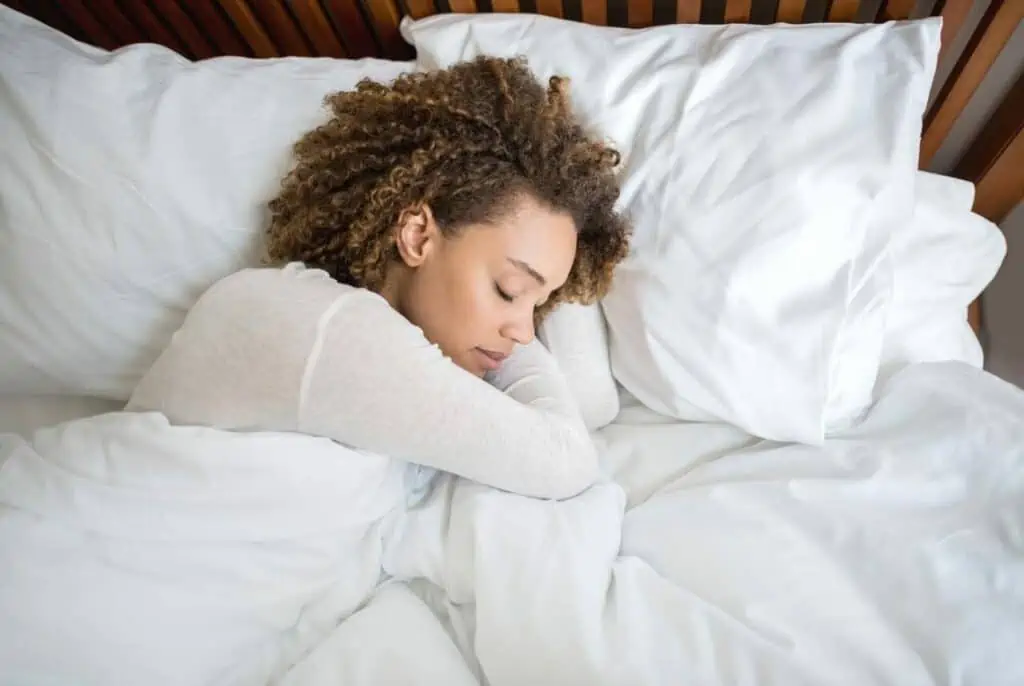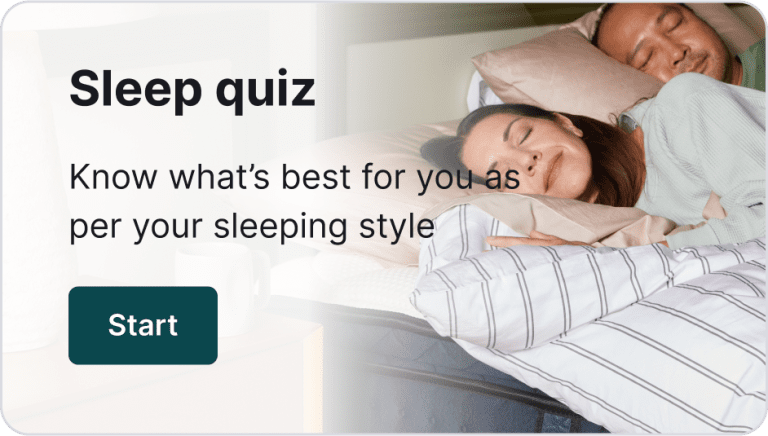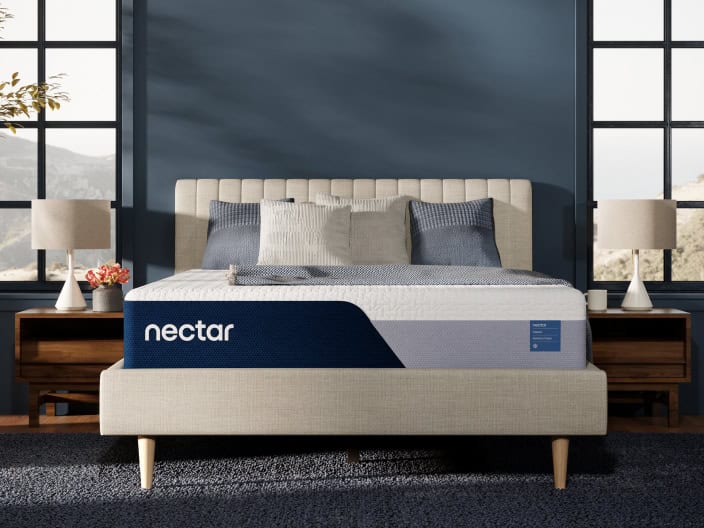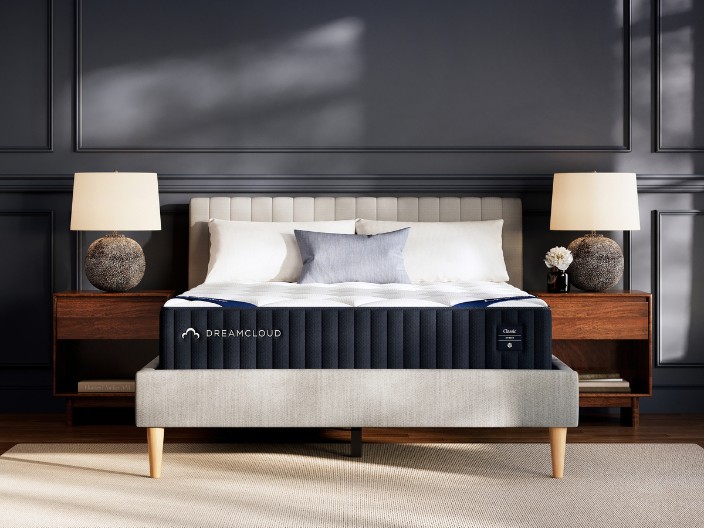Narcolepsy With Cataplexy – Causes, and Symptoms
Share
Fact checked
Reviewed by experts
Updated
December 26, 2022
Quick read
5 mins to read
List of Content
Narcolepsy with cataplexy is a sleep disorder that affects 0.02% of the adults worldwide. It’s characterized by irresistible, severe daytime sleepiness along with sudden loss of muscle tone (or cataplexy).
The condition can be linked to:
- Sleep-offset or sleep-onset paralysis
- Hallucinations
- Staying awake during sleep
- Sudden weight gain
- Frequent movements in sleep
Sleep monitoring at night & day shows quick sleep onset followed by shortened rapid-eye-movement (REM) sleep latencies.

However, the development of narcolepsy with cataplexy initially is generally during teenage & young adulthood. Surprisingly, it persists throughout their lifetime.
Speaking of narcolepsy in specific, it means excess daytime sleepiness. Although we, at some point, would have felt exhausted and sleepy in the daytime, we recover it by overcoming those feelings and yet carrying out our day-to-day activities. Yeah, it does happen less efficiently than we do normally but we manage it somehow.
But an individual with narcolepsy disease is different. He or she will frequently feel extremely sleepy and tired, with an increased urge to sleep no matter what time of the day is.
The duration of this sleep can last for a couple of minutes or maybe, even for hours, making him or her feel alert after that. But this tends to happen multiple times in a day, irrespective of how much sleep he or she is getting each night.
Causes of Narcolepsy with Cataplexy
Many pathophysiological research papers have reported that the condition occurs when there is an early neuron loss in the hypothalamus, which in turn, produces hypocretin, a wakefulness-linked neurotransmitter in the cerebrospinal fluid.
Also, researchers have stated that the reason for neural loss might be autoimmune because most patients tend to have HLA DQB1*0602 gene that predisposes one to this disorder.

The treatment usually involves stimulant drugs that help in suppressing daytime sleepiness, antidepressants to help ease cataplexy, and further, ? hydroxybutyrate to treat both symptoms of narcolepsy & cataplexy.
Since narcolepsy is an under-recognized problem, it is vital for general practitioners or any primary healthcare worker to identify unusual daytime sleepiness at an early stage.
Overall, the exact cause for narcolepsy is not known. But as far as the studies are concerned, it develops when the hypocretin levels of the brain are low. As said earlier, hypocretin gives rise to wakefulness and when there isn’t enough, an individual can fall asleep.
The reason is still unknown, however, it is said to be due to an auto-immune reaction, a process where the body’s immunity starts attacking its own cells accidentally. Rarely, narcolepsy is due to genetic defect, which could either be brain tumour or a traumatic injury.
Symptoms of Narcolepsy with Cataplexy
Though the symptoms mentioned in the beginning of the article is common, here are a few more ones that narcolepsy and cataplexy could give rise to altogether:
- Excess daytime sleepiness and drowsiness
- Difficulty to stay awake for a longer time
- Sudden muscle function loss while being conscious (cataplexy symptom)
- Abrupt napping (or ‘sleep attacks’) in the daytime besides having a full night’s rest
- Sleep paralysis where an individual fails to move a part of the body temporarily when trying to fall asleep or waking up
- Hallucinations where seeing, feeling, or hearing things aren’t there and often, tends to happen when trying to fall asleep or waking up
- Becoming overweight all of a sudden
- Disrupted nighttime sleep (trouble while falling asleep) or can be due to certain sleep disorders like sleep apnea
- Automatic behavior that continues with any day-to-day task even though the person is in sleep
- The overall performance of the individual’s task is impaired and might not remember the things that he or she is doing after waking up.

Types of Narcolepsy
Medical experts have recognized 2 main types of narcolepsy, which are:
Type 1: Narcolepsy with cataplexy
Type 2: Narcolepsy without cataplexy
While “narcolepsy with cataplexy” is accompanied by muscle weakness triggered by some strong emotions, “narcolepsy without cataplexy” has sleepiness but without any emotionally-triggered muscle weakness. Basically, the symptoms are less severe in the case of narcolepsy without cataplexy.
Apart from the above, there also exists another (but rare) type, which is called secondary narcolepsy, a condition that occurs when there’s an injury in the hypothalamus (deeper part of the brain).
Apart from the usual narcolepsy symptoms, individuals with secondary narcolepsy tend to also have severe neurological issues that require larger amounts (more than 10 hours) of sleep.
Narcolepsy in Children
The symptoms of narcolepsy can start at any age. Approximately, 20% of patients tend to be either 10-year-olds or even younger, the usual onset of this disease.
When kids have narcolepsy, the symptoms are usually interpreted wrongly, making the condition more distressing.
Let’s say that if daytime sleepiness is the primary symptom, it can become difficult to diagnose and conclude. Is it the child’s usual need for sleep or is it actually the symptom of narcolepsy. In addition, kids tend to make up for their sleepiness through hyperactivity. Research also says that hyperactivity diseases are mostly diagnosed when the actual issue is narcolepsy.
Narcolepsy in kids can often also be misconceived for defiant behavior, laziness, neurological condition, epilepsy, intellectual disability, etc.

Falls, as a result of cataplexic events might also be perceived as clumsiness. The narcolepsy symptoms can trigger feelings of embarrassment, shame, anxiety, depression, and helplessness in children.
This is true if the kid experiences lack of comprehending things that’s happening with him or her and on the other hand, judgmental attitudes from other people leave him or her feeling depressed.
Also, excess daytime sleepiness negatively affects:
- Memory
- Cognitive functions
- Concentration
- Poor performance in school
Depression and behavioural problems might cause impaired life quality. In order to prevent these negative and long-term psychological effects, diagnosis at the right time is essential.
Diagnosis of Narcolepsy and Cataplexy
Narcolepsy can be hard to diagnose at times. Excess daytime sleepiness may also be due to other medical problems like mood disorders (depression), infections, congestive heart failure, sleep disorders (sleep apnea), and chronic illnesses (anemia).
Nicotine, alcohol, caffeine and certain medications can cause excess daytime sleepiness. If cataplexy isn’t present, then a doctor might rule out the other causes of sleeping during the daytime before even diagnosing narcolepsy.
If the doctor feels that a person could have any other sleep disorder, then he or she will usually refer him or her to a sleep specialist to perform some tests.
A sleep specialist is most likely to perform two tests:
- Polysomnogram (detailed sleep study of an individual): This is a test that’s done overnight and requires continuous measurements when the individual is asleep. This test checks for abnormalities in his or her sleep cycle.
- MSLT (Multiple Sleep Latency Test): This test is done during the daytime, where an individual is asked to take 4-5 small naps. The test basically checks how long it takes for the person to go to sleep. Further, it measures if the person gets into deep sleep right away or not.
This website does not offer medical advice nor professional medical services; rather, it is provided solely for educational, informational, and/or entertainment purposes. Individuals seeking medical advice should consult a licensed physician. The information provided should not be used for diagnosis or treatment of any condition, disease, or injury. When you have a medical condition, you should always talk to licensed doctor or other certified medical professional. You should never delay seeking professional medical advice or treatment based on the contents of this website. Call 911 or immediately go to the nearest emergency room if you think you may have a medical emergency. The contents of this website are provided “as-is”, Sleep Authority and its parent, subsidiaries, affiliates, employees, contributors disclaim any warranty of the information contained herein. Please contact using contact form to report any errors, omissions, misinformation, or abuse.
Sleep Authority is brought to you by Resident, the company that brings you Nectar, DreamCloud, Awara, Wovenly, Bundle, Home Well Designed and Level Sleep.



